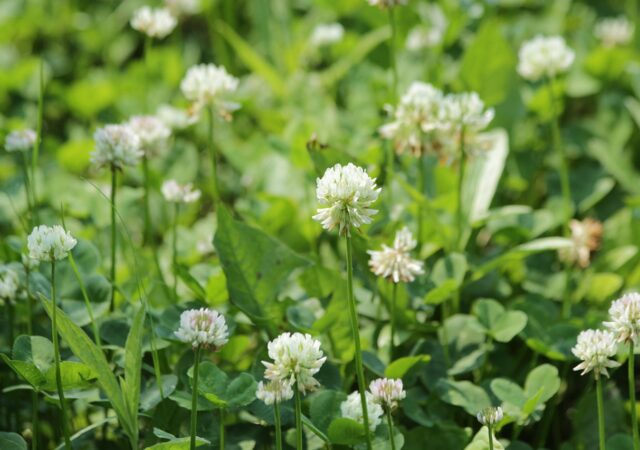You’ve probably heard that you should divide your perennials, but do you know why? There are actually many reasons for this common gardening practice, which include:
- Protecting them from fungal diseases or insect infestation.
- Keeping them healthy.
- Maintaining their area.
- Making sure they aren’t overcrowded.
- Adding the plant to other places in your garden or yard.
Learn when and how you should divide your perennials with the following tips from our gardening experts.
When to Divide Perennials
Perennials should be divided when they are large enough to be made into several clumps. Most perennials that are able to be divided are best divided in the spring. Hostas, lilies, heuchera, phlox, daisies, yarrow, nepeta, and monarda can all be easily divided and transplanted. Irises and peonies can be divided, but are best divided in the fall. Fall and spring are the best seasons for dividing perennials because the plants recover better if they are in cool and moist conditions. If you do decide to divide your perennials in the summer, make sure that you consistently water them.
How to Divide Perennials
To divide a perennial plant, follow these instructions:
- First dig up the entire plant by using a shovel to loosen up the roots. Insert the shovel into the soil around the perimeter of the plant. Be sure to keep the roots intact and shake away the excess soil from the clump.
- After you’ve pulled the clump out of the ground and removed excess soil, use a sharp shovel, knife, or saw to cut the plant into chunks. Each piece should have at least two to three stems and a sizeable root mass.
- Plant each division at the same depth as before, being careful to plant it at grade, and water thoroughly.
- Monitor and water newly planted divisions for several weeks following planting while they establish new roots.




